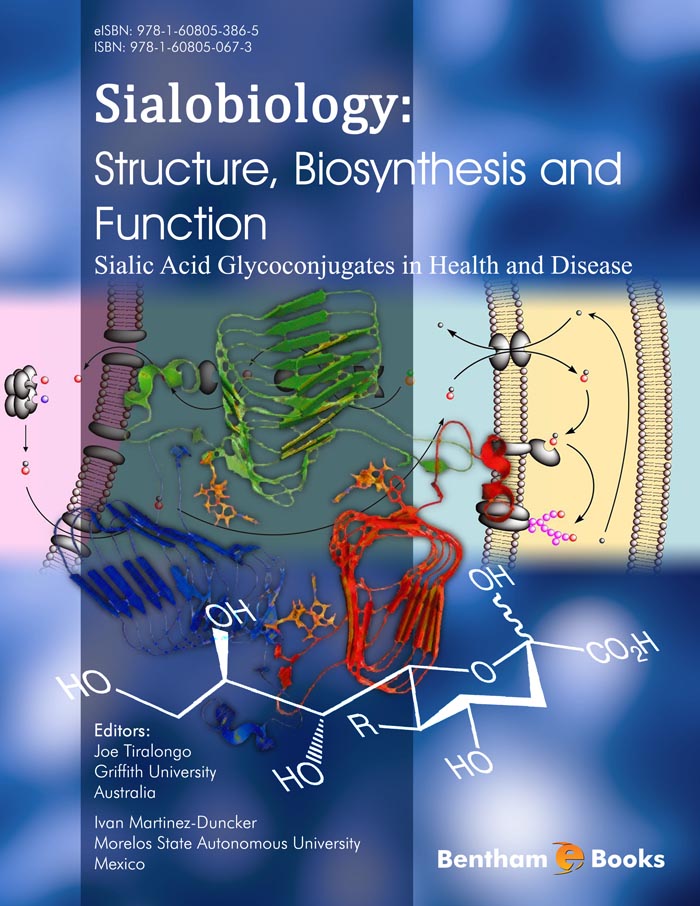Introduction
This eBook presents a summary of central aspects of sialobiology (i.e., the study of sialic acid and its relevance to biology). The importance of substitution by the sugar sialic acid and the role played by sialylated structures (eg. glycoproteins, glycolipids, glycoconjugates) in immune recognition, neural cell growth, embryogenesis and disease development including microbial pathogenesis and cancer progression, has become well-established.
Since 1995, the field of sialobiology has expanded greatly as many of the key enzymes involved in sialic acid biosynthesis, as well as the vast majority of sialic acid binding lectins involved in immune recognition, have only been cloned, characterised and structural eluciated after the publication of earlier works on the subject. This e-book also covers these recent developments. Chapters in this e-book have been contributed by eminent sialobiologists. Therefore, a book of this nature is timely and will prove to be a definitive volume with a high impact in this field for glycobiologists and cell biologists.

